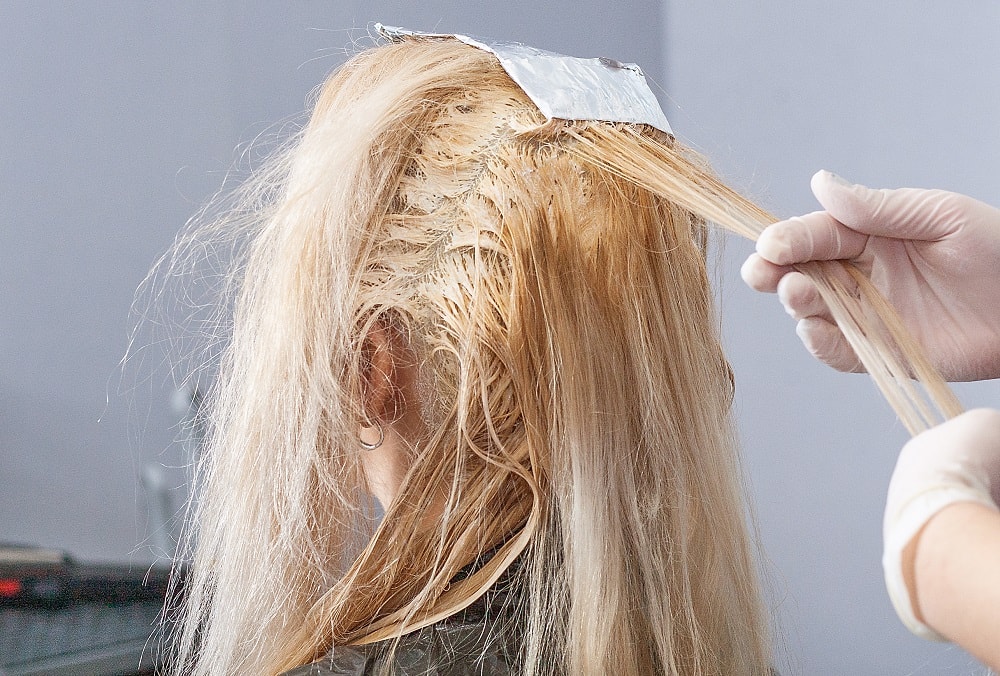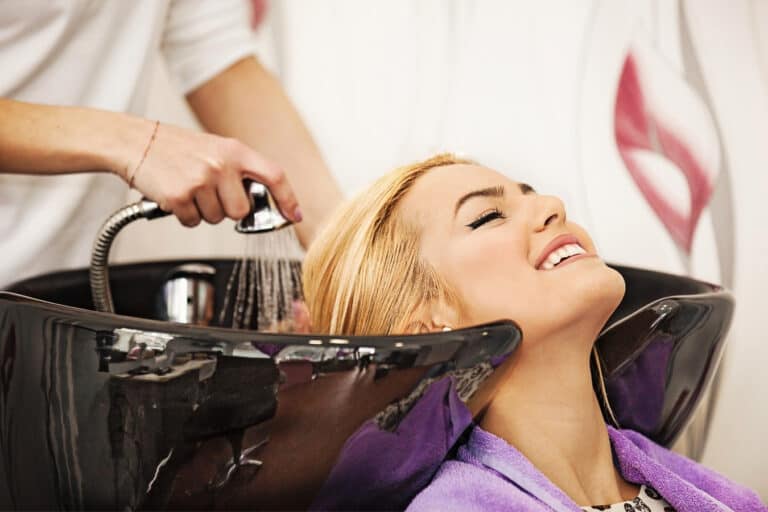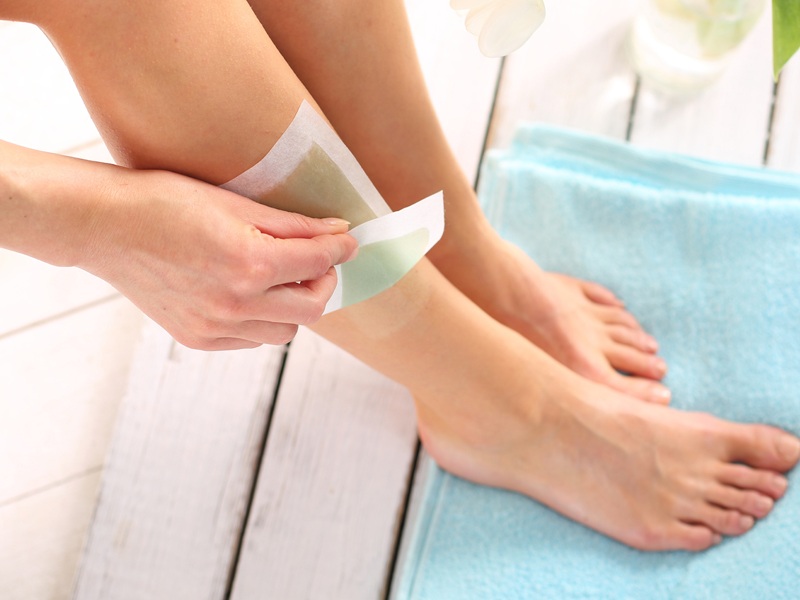Table Of Content

You can put coconut oil before bleaching to prevent the burning and itching that usually accompanies the process. What other precautions should you take if you decide to bleach your hair wet? All the tips and hacks you need to bleach your hair most effectively and safely at home.
Can You Bleach Wet Hair, and Other Coloring Tips
Since your hair is more fragile when wet, extra precautions need to be taken when applying bleach. A trained colorist will know how to correctly dampen and bleach your hair. Besides, if your colorist is doing a wet balayage, they’ll only dampen the hair that’s being lightened. They’ll likely use a water bottle to spray certain strands instead of washing all your hair.
Fully Vital's Approach to Hair Health
The technique involves diluting bleach with water, allowing colorists to create a soft transition between colors. This leads to a natural and understated lightening effect, perfect for those seeking a gentle change in hair shade. Before bleaching, experts mist the hair strands with a spray. This is due to the weaker nature of hair that has been wet from roots to ends.
For A Subtle Color Change
Bleaching wet hair is the best option to achieve these trendy looks, and you can do it in the comfort of your home. Check out the infographic below to learn more about the benefits of bleaching your wet hair and how to care for it after. The cuticle of the hair strands is already filled with hair, thus preventing the bleach from entering the cortex.
Skin Elasticity: The “Secret” to Tone & Lift
In a greasy hair condition, your hair’s natural oils act as a protective barrier to prevent your hair from damage. If you want to amplify the blonde color of your hair, using bleach on damp and clean hair can definitely help. You don’t necessarily have to use more bleach, this chemical process works fine on wet hair too. Wet balayage is one hair coloring technique that gives a natural and subtle pop of dimension to your hair and brightens your ends.
Bleaching Wet Hair vs Bleaching Dry. Is There a Difference?
Aftercare is crucial; use Fully Vital's Hair growth products to replenish and repair. Post-bleaching care is equally important, as it aids in repairing and soothing the hair post-treatment. Achieving the lighter shade you envision while keeping your hair's integrity intact requires following a structured process. By testing a small, inconspicuous section of hair first, you can gauge how your hair will react to the bleach and adjust the formula or application method accordingly. This also ensures an even application of the bleach, which is vital for achieving a consistent color throughout.
Wet Hair Versus Dry Hair: The Main Differences
You should also limit your bleaching sessions and use products made for bleached hair. When it comes to bleaching wet hair, it’s best to work with a colorist. They’ll know to safely use the technique while protecting your hair.
Can I use regular bleach on wet hair?

It is best to not wash your hair right before a hair dying process. This is due to the fact that the natural oils in your hair actually help to protect your scalp. These natural sebums aid in minimizing scalp irritation from the chemicals in dyes. Conditioning immediately before you dye your hair can also prevent the dye from fully absorbing into your cuticle as well, as it can act as a barrier around your hair strand. In the weeks before though, you can deep condition your hair as it will help to pre-hydrate your hair and reduce the risk of breakage after dying your hair.
Can You Put Bleach on Wet Hair?
If there's an extra nourishing conditioner in your bleaching kit, use that too. And therefore, a slight here and there in the coloring solution can damage them beyond repair. However, the cuticle is unable to effectively protect the cortex when it is open. The proteins are oxidized and destroyed by bleach, weakening the hair. Since grey locks are weaker themselves, using bleach can be quite harmful to them.
They also might use a special conditioner after bleaching to minimize damage. Normally, the cuticle protects the cortex, which is the middle part of the hair. The cortex contains pigment called melanin, which gives your hair color. Your colorist might use this technique if you want to subtly lighten your hair.
The world of hair bleaching offers various methods, each with its own set of advantages and effects. Despite the belief that sleeping with wet hair can cause health problems, there is little scientific evidence to support this idea. Sleeping with wet hair is unlikely to cause significant health problems for most people, but there are other reasons to reconsider going to bed with wet hair. Pillows and pillowcases absorb water from wet hair, creating a damp sleep surface for your face. Sleeping with wet hair is unlikely to cause significant health problems for most people. Soaking hair in bleach for a long period is unnecessary and could just damage it.
When you bleach your hair, the chemicals start to lighten it by penetrating the dark pigments. During this process, the cuticle begins to open up, lifting the hair and damaging it. When you bleach wet hair (wet bleaching), you wash away the natural oils that serve as a natural barrier. As a result, your hair is more susceptible to damage or dryness.
This technique is particularly popular for achieving a sun-kissed or beachy look, where the highlights appear as if they’ve been naturally lightened by the sun over time. Applying bleach to wet hair can provide better control over the application process. This is especially useful for achieving even and consistent results, particularly in challenging areas. The moisture in wet hair allows the bleach to spread more evenly, preventing uneven patches or streaks.
However, it’s crucial to note that these benefits come with trade-offs, including the potential for uneven results. Careful consideration and professional advice are essential when opting for this method. Regarding hair transformations, bleaching is widespread for those looking to lighten their locks. If so, knowing the process, potential risks, and safety precautions is essential.
Does the Slicked-Back Hair Trend Cause Hair Loss? We Asked the Experts - STYLECASTER
Does the Slicked-Back Hair Trend Cause Hair Loss? We Asked the Experts.
Posted: Fri, 03 Nov 2023 07:00:00 GMT [source]
Wet hair bleaching is an effective technique to create soft and subtle highlights. The diluted bleach produces a more diffused and natural-looking highlighting effect. When hair is wet, it has an increased ability to absorb and retain moisture, which provides a protective barrier during the bleaching process. This added moisture helps to prevent excessive damage, leaving the hair feeling softer and more manageable after bleaching.
If you are wondering if it is possible, or even rather if it's better, to bleach damp or dry hair, then you’ve come to the right place. The simple answer is yes, but is bleaching damp hair the best method for your hair? When it comes to hair coloring, you might already know how to use permanent,semi-permanent, and temporary hair colors. But are you familiar with the rules of bleaching your strands? Bleaching is definitely not something you want to play around with as it can drastically change the texture and health of your hair. But don’t be alarmed, there are many resources you can use to learn the right techniques.


No comments:
Post a Comment